Gazing across the sprawling green canopy of confronting, troubled Johannesburg from the Munro Drive lookout, the blaze of purple haze from the city’s beloved jacaranda trees was in full bloom. Maybe those trees serve as a metaphor on South Africa’s dynamics.
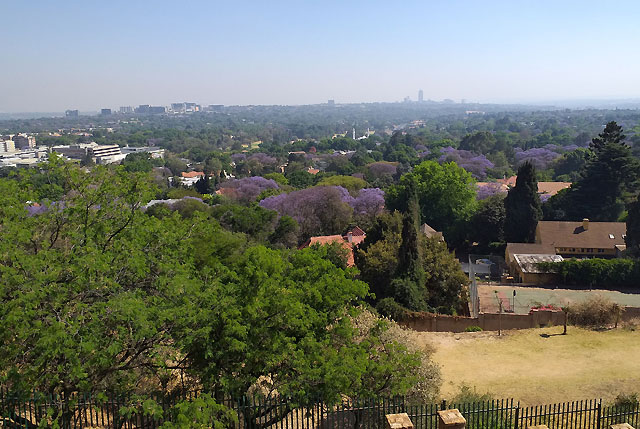
For all of its polarised challenges and complexities, nature’s bounty soothes the soul, serving up a harmonising tonic. It had been six years since I was last in Jozi, as the locals affectionately call it. I was last here just weeks before Nelson Mandela passed away.
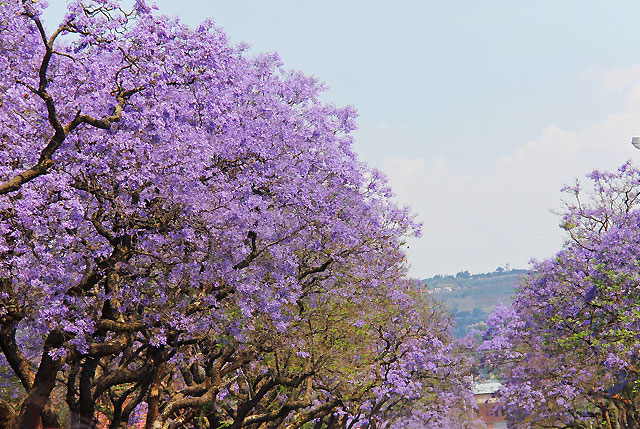
My World Journeys guide, Gladness, drove me through Houghton’s leafy streets, melancholically gliding by Madiba’s palatial residential mansion, still heavily fortified with cameras, watch towers and razor-wired high walls. His children are still vacillating as to what should become of the property.
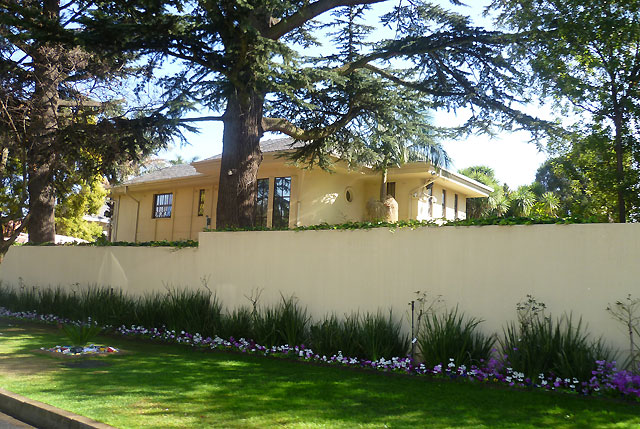
We skirted the staggering sight of the exclusive private school St. John’s College, looming like a palace, starkly backed on the other side of the hill by the inner-city of cauldron of crime-infested squalor, Hillbrow. Gladness didn’t sugar-coat his patter, “Hillbrow, Yeoville and Berea are the most dangerous neighbourhoods in the city and absolute no-go zones after dark.” They serve as potent reality-checks on the city’s seemingly intractable problems, where violent street gangs, squatters, drug dealing and surging hordes of illegal migrants rule these roosts.
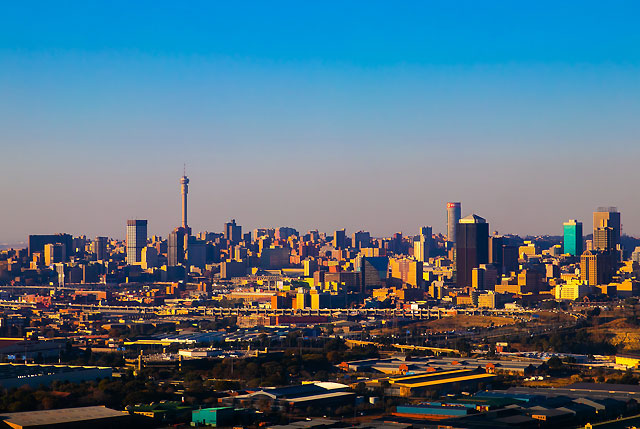
We then stopped in the heart of downtown Joburg, which pleasingly struck me as less intimidating and slightly cleaner than how it struck me six years ago. Gladness remarked that some urban regeneration progress has been achieved in recent years, but it’s an on-going herculean assignment if there’s any chance of achieving the lofty goal of making downtown a safe place to walk after-dark. He impishly noted that the cleanest downtown streets are the ones that are bracketed with government buildings. That’s always the case!
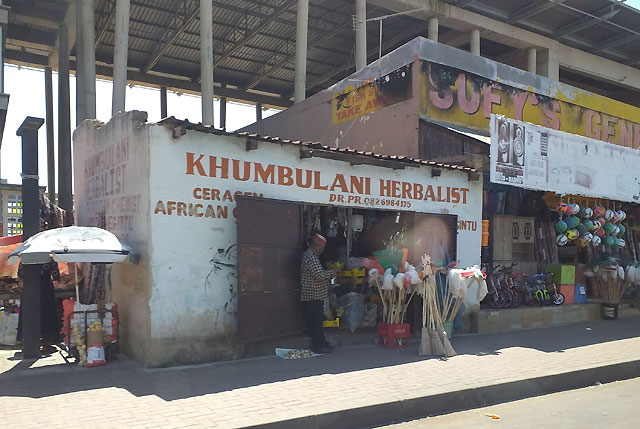
After being assertively assisted by the army of opportunist on-street car parking touts, we ventured up to the Top of Africa. Despite being built way back in the 1970s, the hulking 223-metre colossus that is the Carlton Centre is still one of Africa’s tallest skyscrapers and the view from the 50th floor remains unrivalled. The 360-degree Top of Africa observation deck is a stirring perch to get perspective on the city’s incredible scale, its jumble of neighbourhoods and the vestiges of its goldmining legacy as manifest by the heaped mounds of tailings.

More than a century of gold mining has left towering piles of bleached mine waste pepper-potting the city’s landscape. The discovery of gold in 1886 led to its founding and transformed a small, isolated farming community into South Africa’s metropolis. These mountainous dumps of artificial topography have been a feature of the city so long that locals barely notice them, although Gladness remarked that the government still intends burying them, given the build up of toxic chemicals that lurk within these mounds and cake the wider vicinity in dust when the wind kicks up.
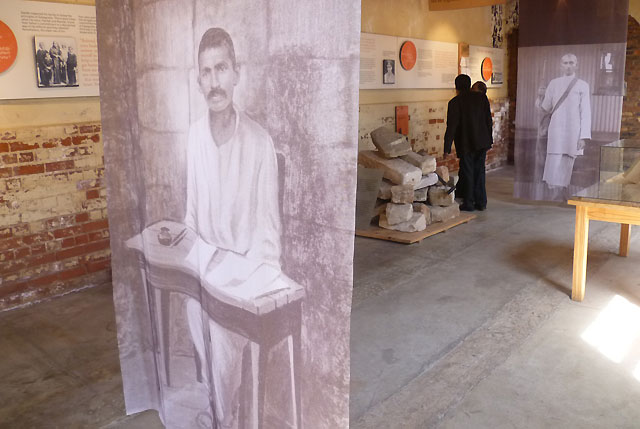
Jozi does deliver some indelible encounters, starting with Constitutional Hill, where I explored the ramparts of the Old Fort, built by Paul Kruger in 1883, to keep watch over the goldminers and to repel the British invasion. I also visited the notorious jail, Number Four, which incarcerated and brutalised many political prisoners including Mahatma Gandhi and Nelson Mandela.
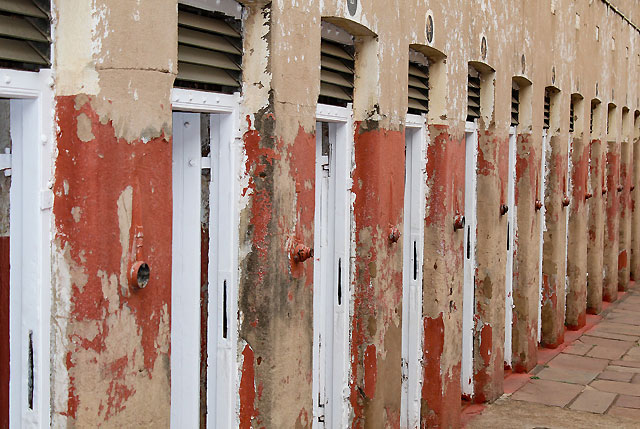
On a brighter note, Constitutional Hill is now home to South Africa’s highest court, where I admired the multi-racial bench of resplendently robed judges in earnest session. Vast hordes of excitable, playful school groups toured the sights with me. But the prize draw is the Apartheid Museum, a profoundly moving and masterly exposition of South Africa’s heart-wrenching history.
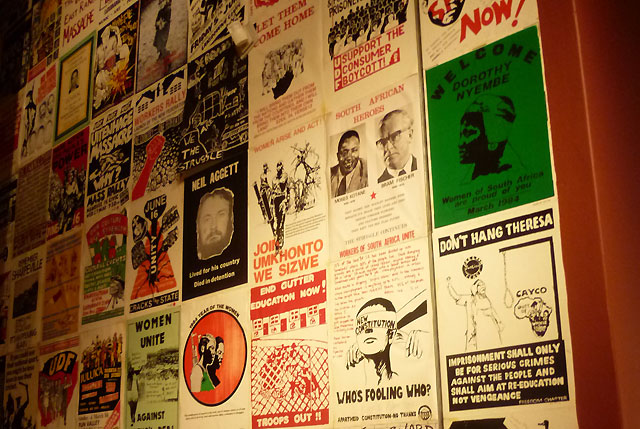
Even the admission gate is segregated along sign-posted racial lines, to give a tourist’s a frisson of apartheid’s twisted, poisonous thinking. Opened just over a decade ago, the expansive museum takes you on a multi-sensory journey, tracing the rise and rise of South Africa’s racial fissure, the uprising against it, the eventual collapse of this hateful regime, and the quest for reconciliation in the Rainbow Nation. The display of those much-feared yellow Casspir armoured vehicles, which terrorised the black townships, and the lavish Mandela exhibition were my personal highlights.
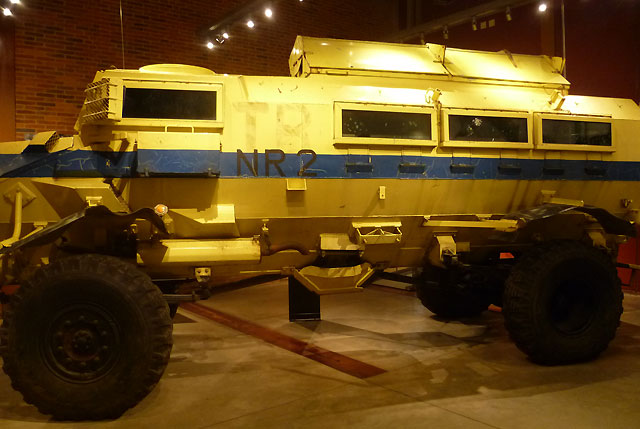
For a taste of some of Jozi’s contemporary arty offerings, head to Victoria Yards. This gritty cluster of decaying buildings was partially occupied by furniture-makers, metalworkers, and auto repair shops. Four years ago, Brian Green and a group of investors purchased the buildings with a plan to rejuvenate the area without gentrifying it. Today several of the original light industry businesses remain, co-existing with the new tenants – artists, printers, jewellery-makers, micro-brewers, bakers, and galleries. New restaurants, shops, and workspaces continue to move in all the time. The Kramerville Design District is another on-trend destination, home to some of South Africa’s most exciting creative studios and interior designers. There’s a three-storeyed emporium stacked with alluring African artefacts.
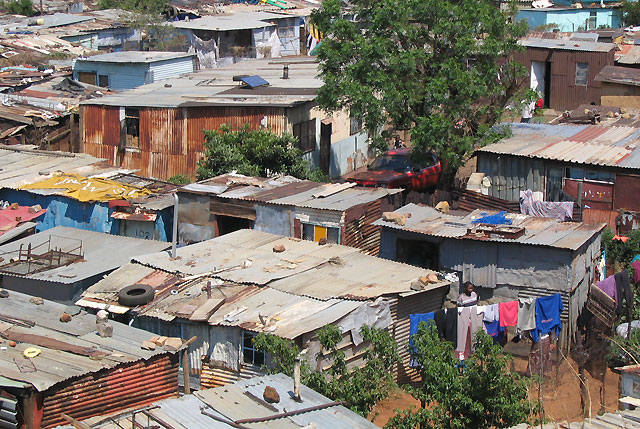
I also sauntered to South Africa’s largest township Soweto, a pillar of anti-apartheid resistance, where extreme deprivation and tin-shack housing remains disturbingly pervasive. Arriving into storied Vilakazi Street, the township’s beating heart, and posing with some locals dressed in traditional tribal attire, I then headed to Nelson Mandela House, the humble ‘matchbox’ abode where he lived with Winnie in the late 1950s and early 1960s.
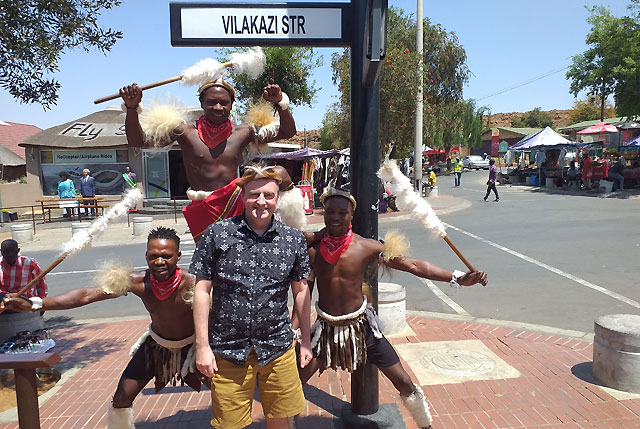
In order to make the house into a museum, the garage has become the ticket hall. Inside, the small rooms are now filled with memorabilia belonging to the pair including letters, gifts and awards, as well as some original items of furniture. On the home’s exterior, you can still see the bullet holes fired by the police and some of the trees planted by the Mandelas.
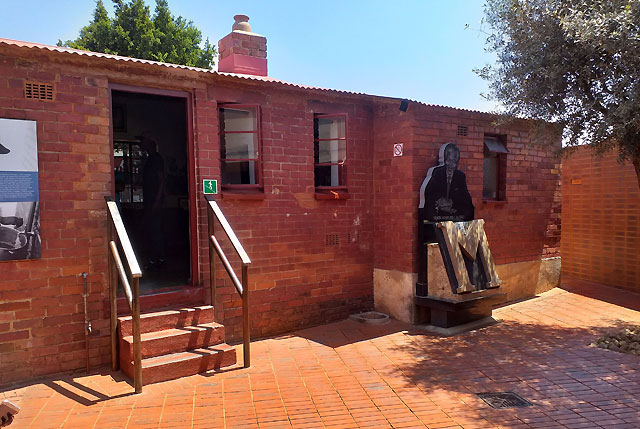
Rev. Desmond Tutu still divides his time between his official Cape Town residence and his modest house on the corner of Vilakazi and Bacela Streets. Magnificent market stalls drape the length of Vilakazi St where ebullient locals peddle a plethora of authentic wares.
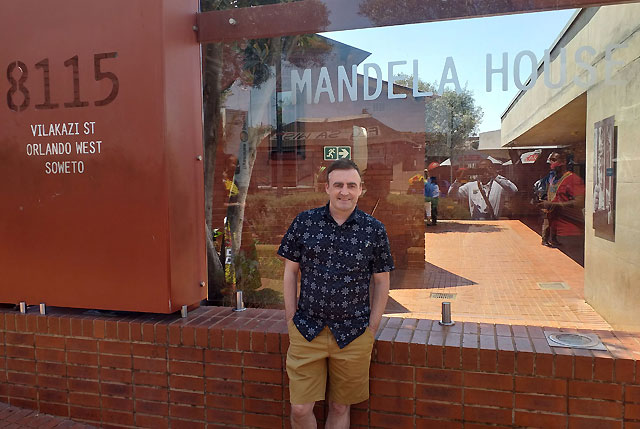
I was swept up by the ravishing charm and trading prowess of Agnus, who exhorted me to buy up her entire array of techni-coloured African-style clothing for “my wife, girlfriend, mother, grandmother, sister and neighbour.” She was a heart-stealing delight.
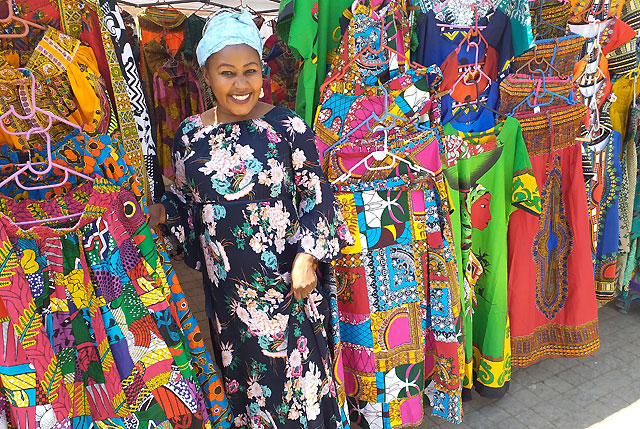
Feeling peckish? We popped into Sakhumzi for a cracking lunch. Always bustling, this vibrant Vilakazi St restaurant trumpets typical African township fare, with a sprawling buffet. I feasted on local dishes such as mogodu (tripe stew), chakalaka (spicy vegetable stew), ox liver and maotwana (chicken feet.) Stretch out some spare room for dessert – their trifle is to die for.
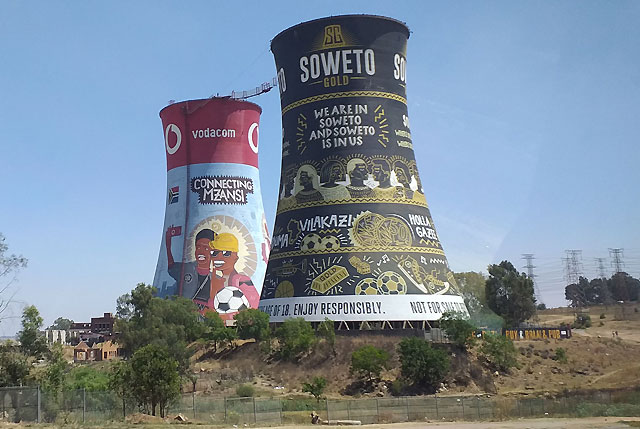
Feeling suitably re-fuelled, Gladness breezed me through some more Soweto landmarks including Orlando Towers, two huge cooling towers bedecked in colourful murals. One of the most popular attractions is the SCAD Fall, where ‘divers’ freefall (completely unattached to anything) for 70 metres through the centre of one of the towers before landing on a giant springy net. I chickened out of it – fearful that the freshly-devoured trifle might not survive the journey. Then there’s FNB Stadium, also known as Soccer City.
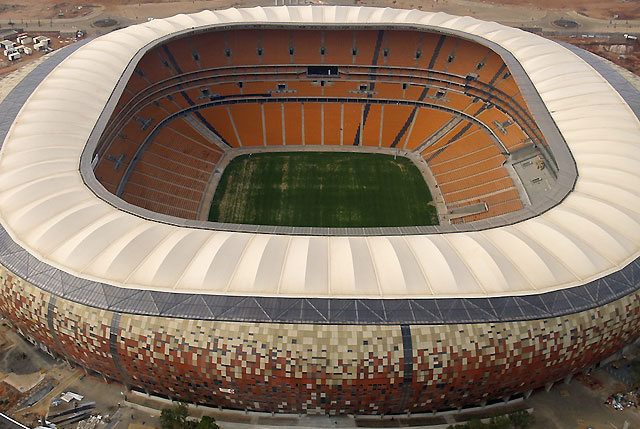
The iconic 94,000-seater venue is Africa’s largest stadium and was rebuilt for the 2010 World Cup designed to resemble an African calabash (a gourd used to carry water), with an orange, red and gold-coloured exterior that blends with the nearby mine dumps. It was also the venue of Nelson Mandela’s official memorial service. Gladness was born and raised in Soweto, sharing with me that he was seven when he joined his grandmother in the queue for the historic democratic vote in 1994. It took them 24 hours to finally reach the ballot box.
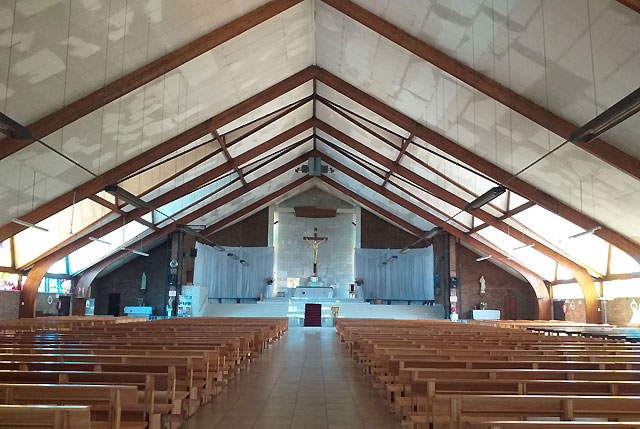
But before leaving Soweto, there were two particularly poignant encounters. Regina Mundi Catholic Church is a compelling stop which played a hugely significant role in the struggle against Apartheid with the bullet holes to prove it. During the student uprising in 1976, thousands of young people fled here for refuge, only to be followed inside by policemen who fired live ammunition into the church. Miraculously, no one was killed, but the scars of those bullet holes are ever-present throughout the church. South Africa’s largest Catholic Church endures as an important historical monument.
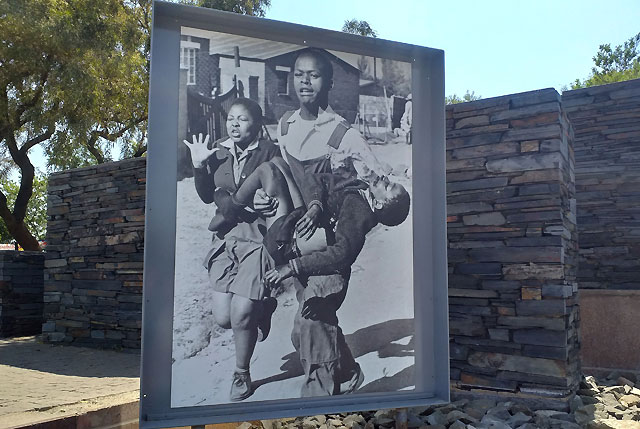
Feeling transfixed by that experience, we then visited the Hector Pieterson Memorial, where you’ll struggle not to shed a tear. Hector was one of the first schoolkids to be killed by police in the 1976 uprising, after he was caught up in the cross-fire. Sam Nzima’s searing photograph adorns the site where he took his last breath, cradled in the arms of another school boy frantically carrying him to his home, alongside a petrified young girl. Hector’s sister works as a guide in the adjoining museum.
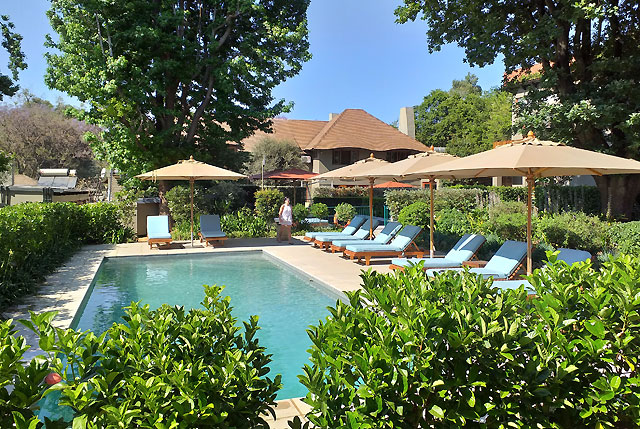
Back in Melrose, after scratching the surface of Jozi’s complex soul, The Peech Boutique Hotel is a gorgeous, restorative place to dine, unwind and reflect on the day’s powerful sightseeing experiences. Just a stone’s throw from Wanderers Stadium, this divine boutique property is nestled within the verdant embrace of two acres of lush and fragrant landscaped gardens, complete with two swimming pools.
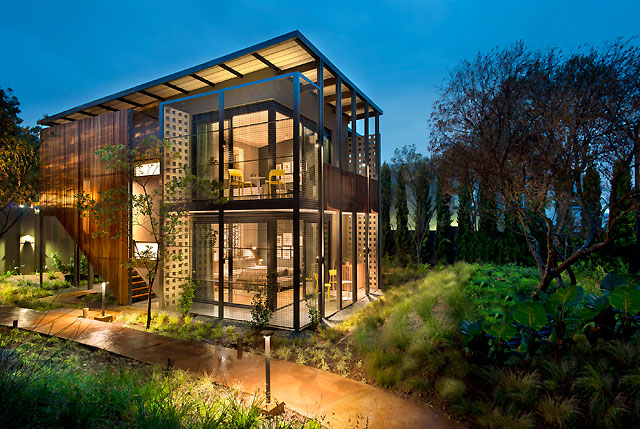
Purposefully designed in an understated “Afri-chic” style, accommodations are infused with locally inspired design motifs and craftsmanship. With 32 guestrooms, I stayed in a Luxury Room, with an upstairs patio, with large sliding doors to soak up the fresh air and natural light. (Ideal, after the ravages of a long-haul flight.) Luxury Rooms boast modern en-suite bathrooms including a shower and bath, with luxurious and all-natural Kalahari toiletries.
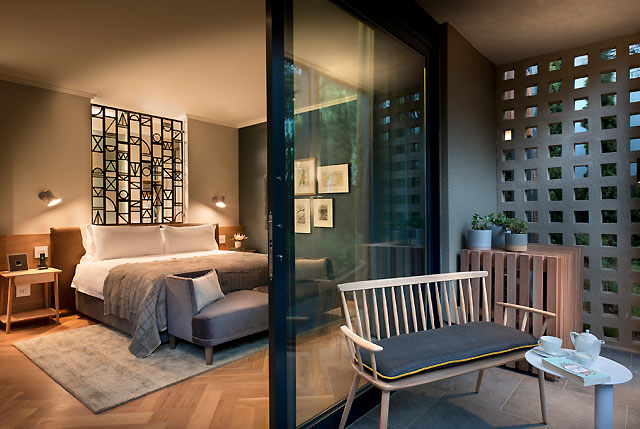
Creature comforts include a flat screen TV with DSTV, a Nespresso machine, kettle, hairdryer, phone charger and adaptors, a desk area, wardrobe space and a sofa with coffee table and ottoman. With two on-site restaurants, there’s the exclusive guest-only bistro offering light and tasty all-day dining, while “Basalt” is an intimate, sophisticated space delivering a casual fine-dining experience at night.
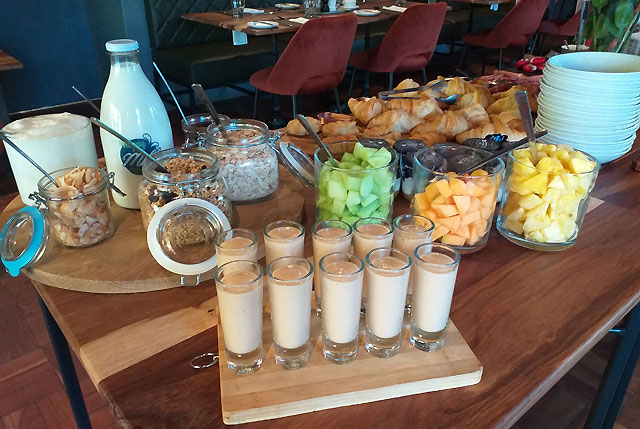
It also serves up a lip-smacking buffet breakfast, along with a la carte offerings, to set you up for the day. Contemporary style and luxury combined with personal and discerning service all make The Peech Hotel a juicy proposition when staying in Johannesburg. www.thepeech.co.za
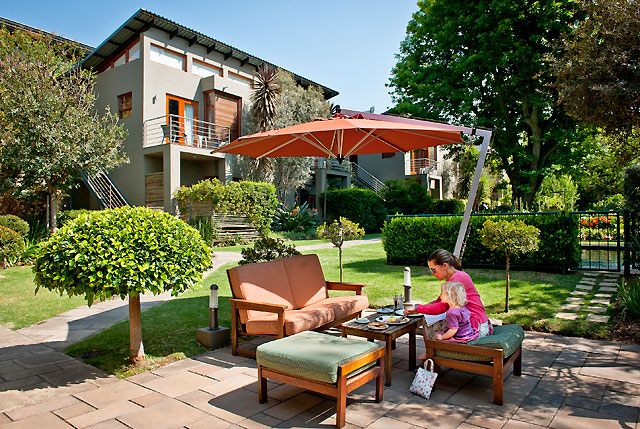
Now’s a great time to visit South Africa, with those pesky tourist visa requirements now wiped. World Journeys are experts in tailor-made travel to South Africa and elsewhere in Africa. Contact World Journeys 0800 117311 or go to www.worldjourneys.co.nz/south-africa



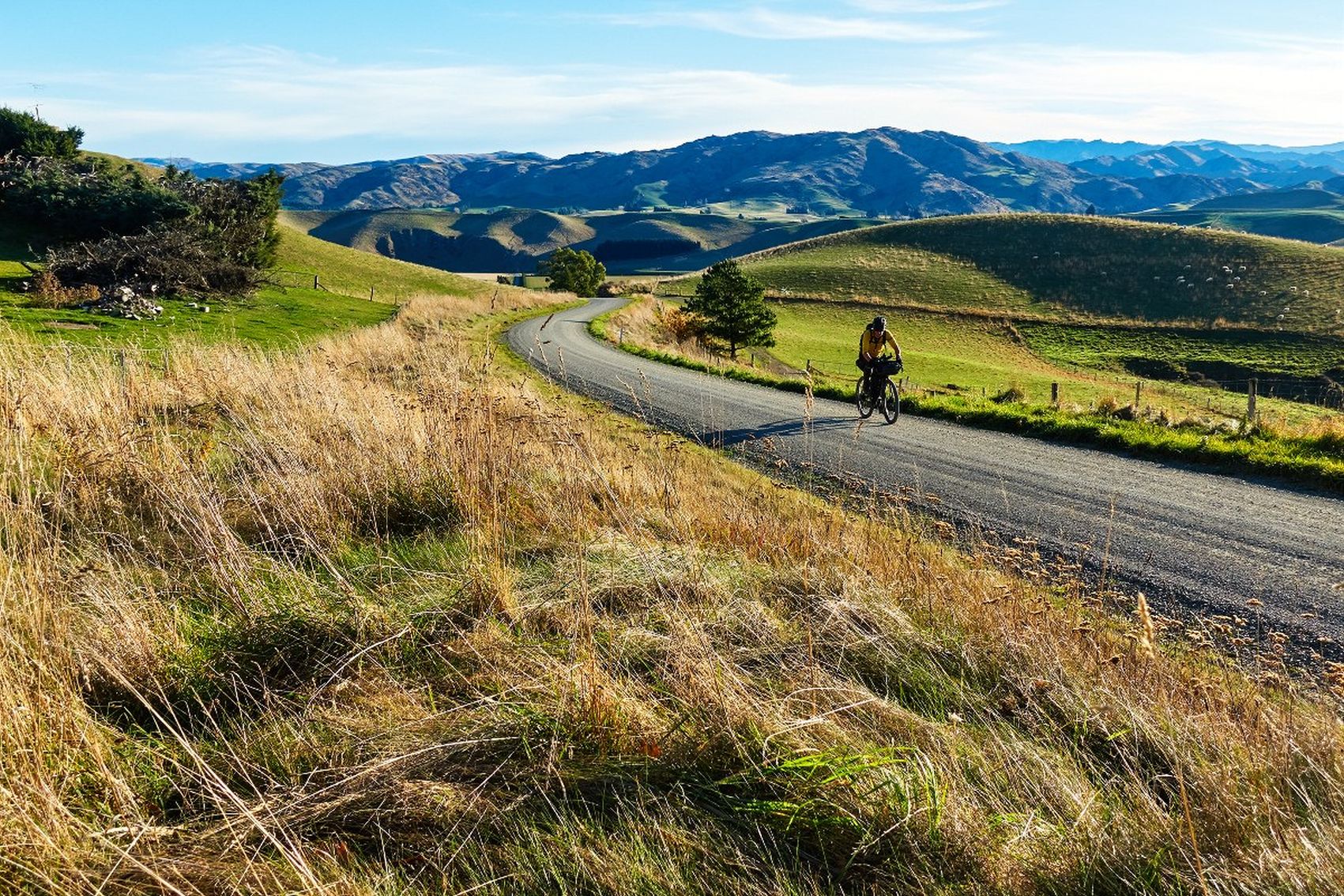

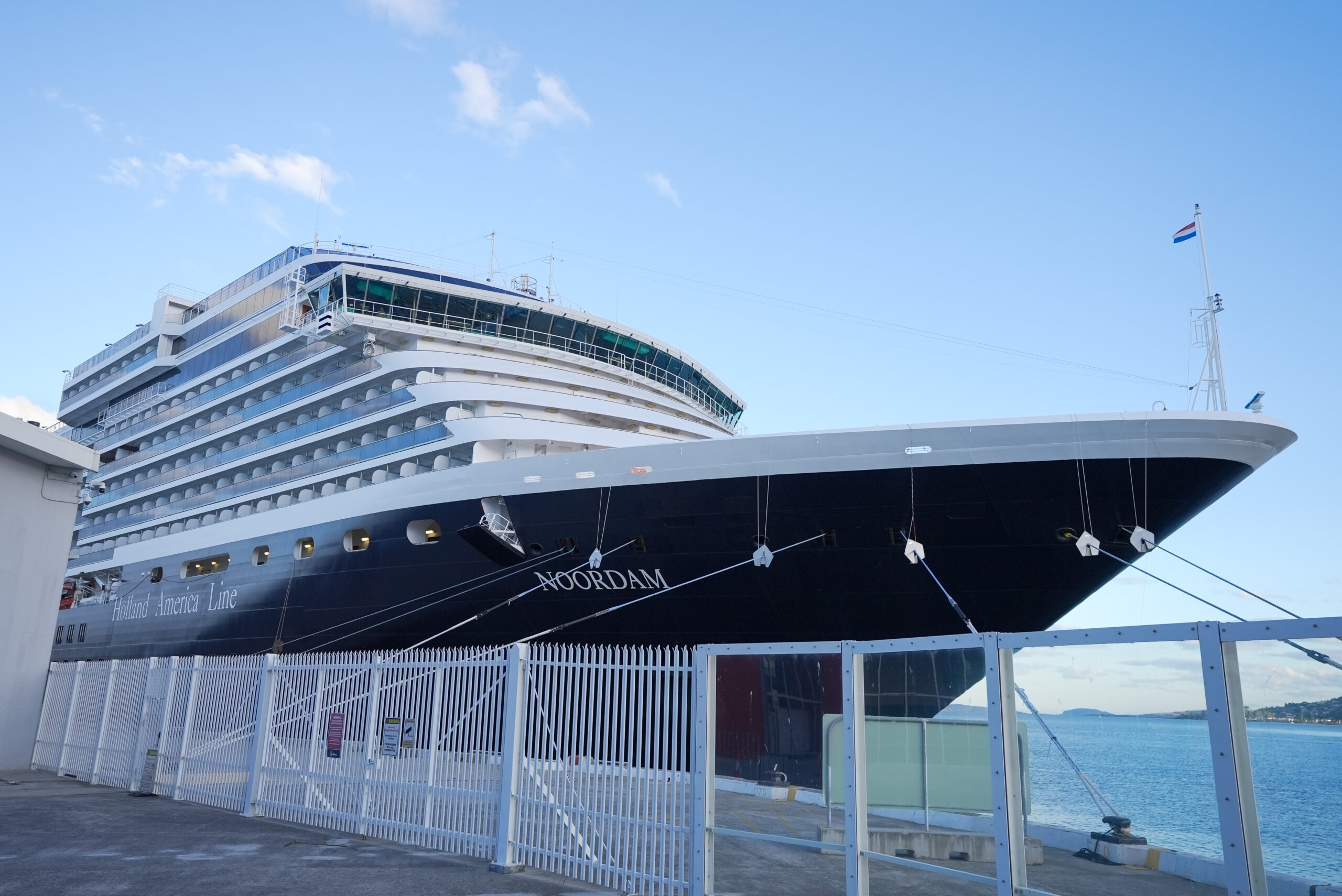
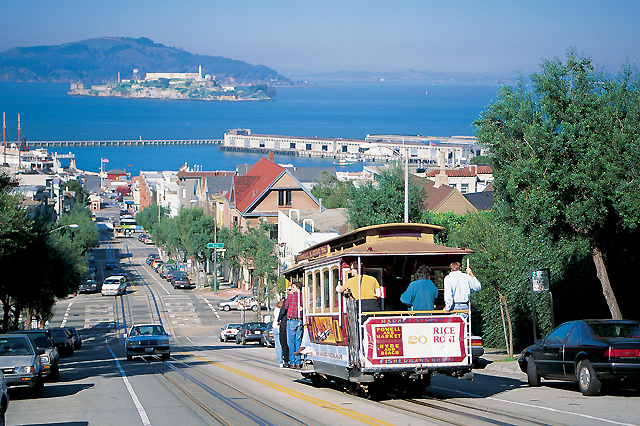
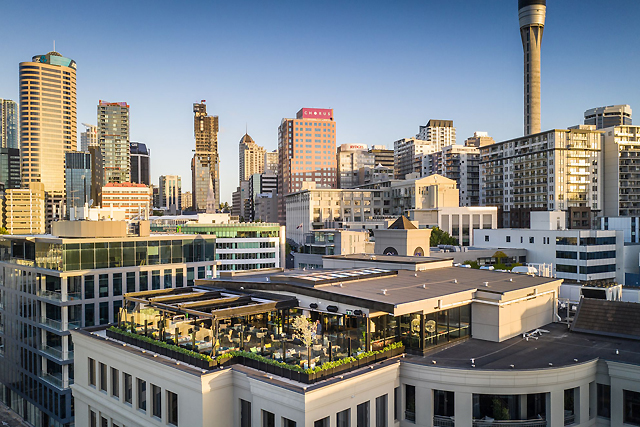



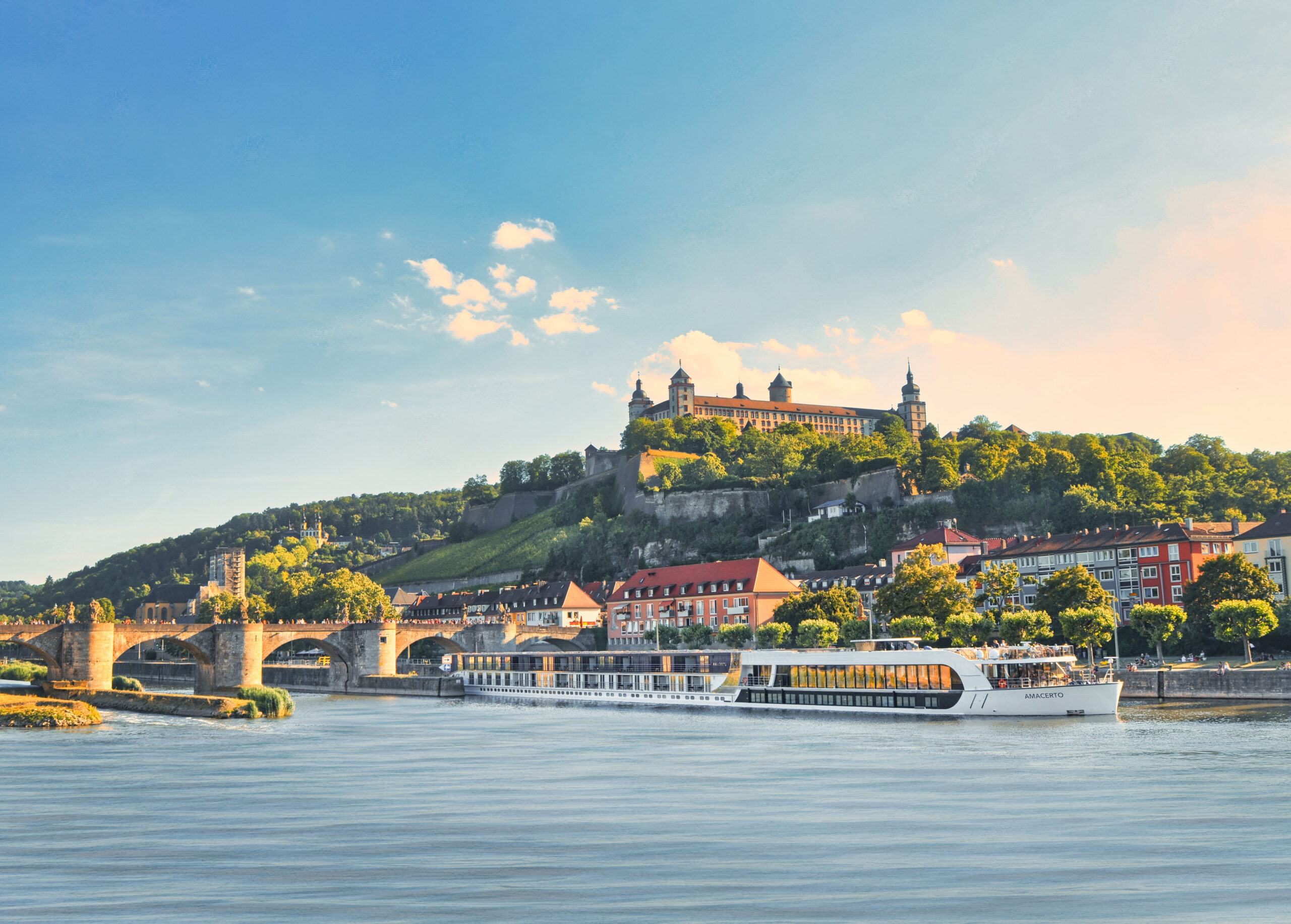

Recent Comments